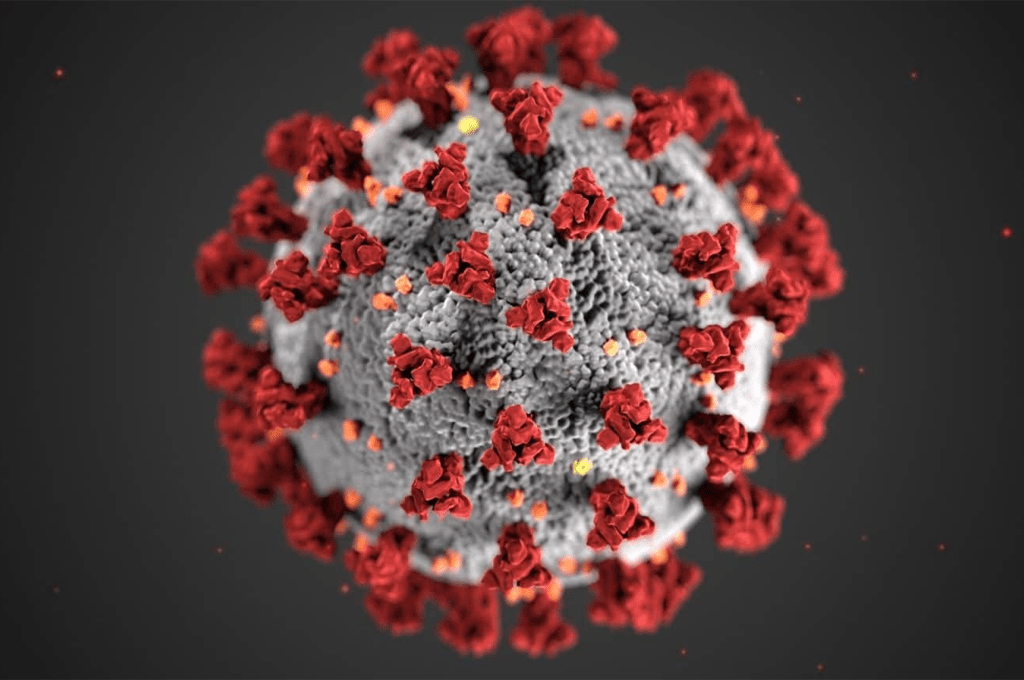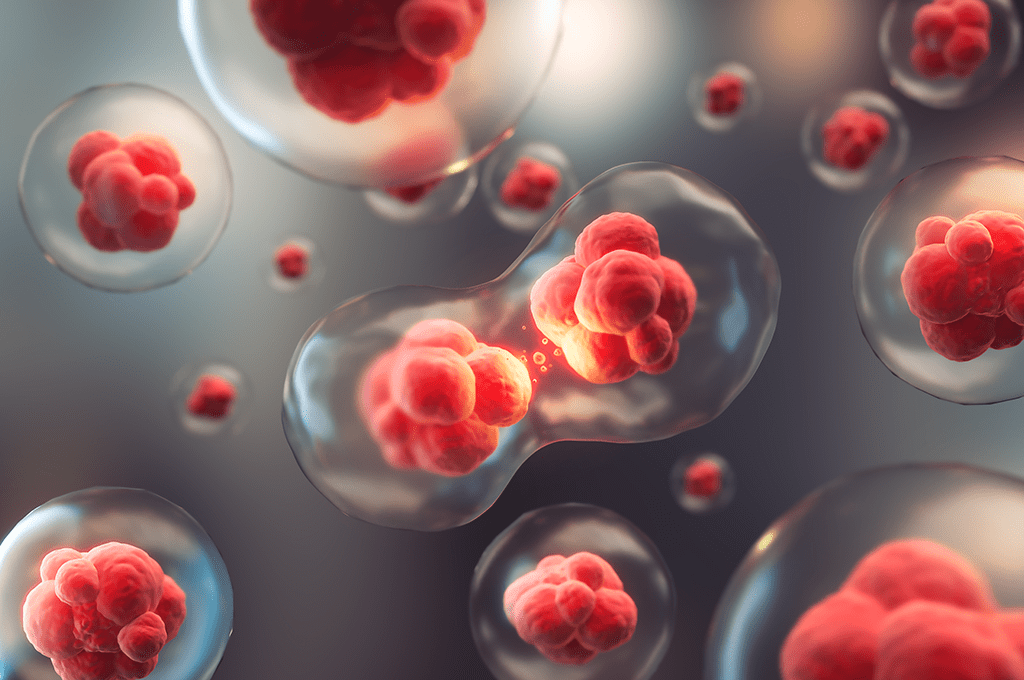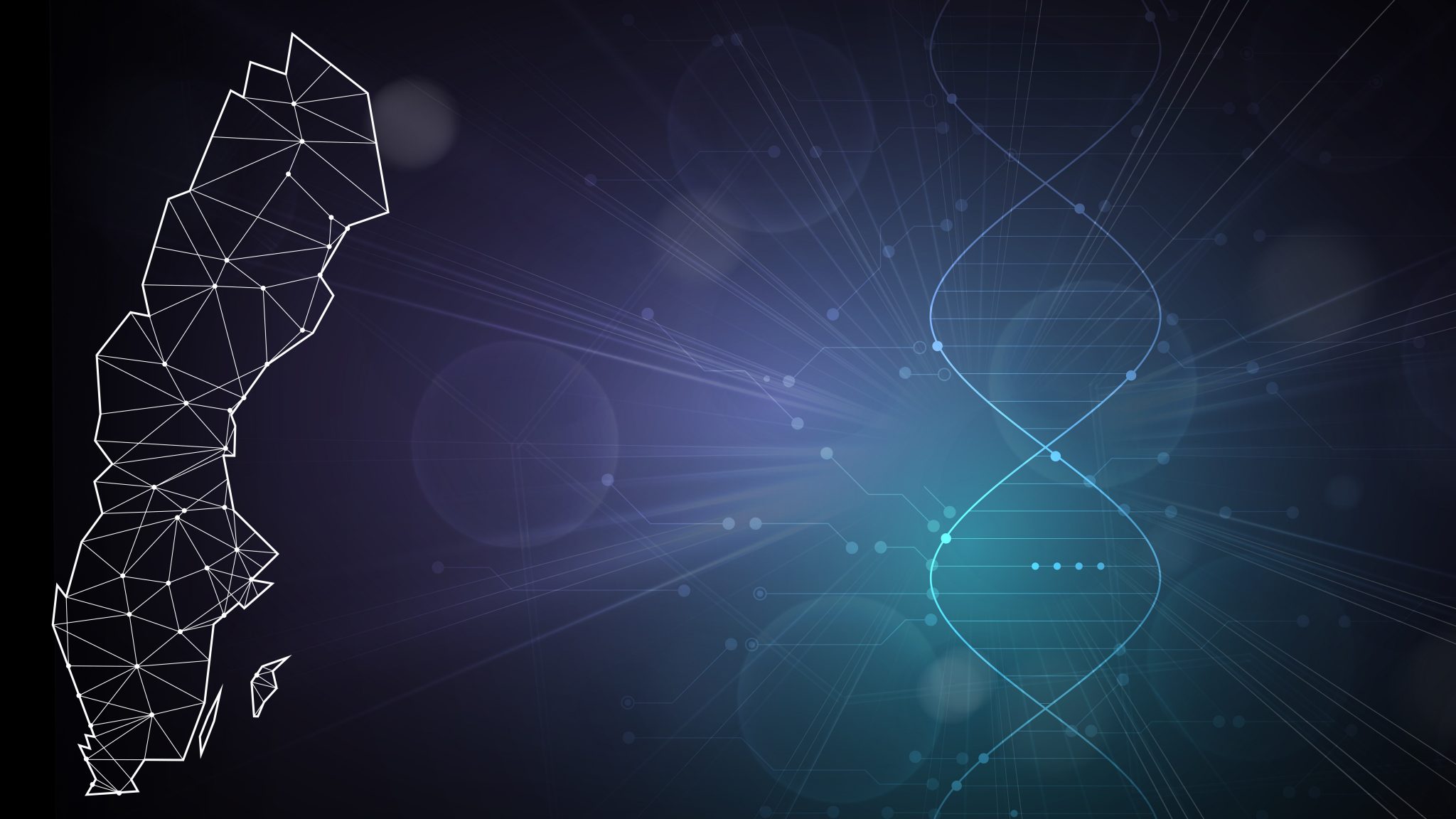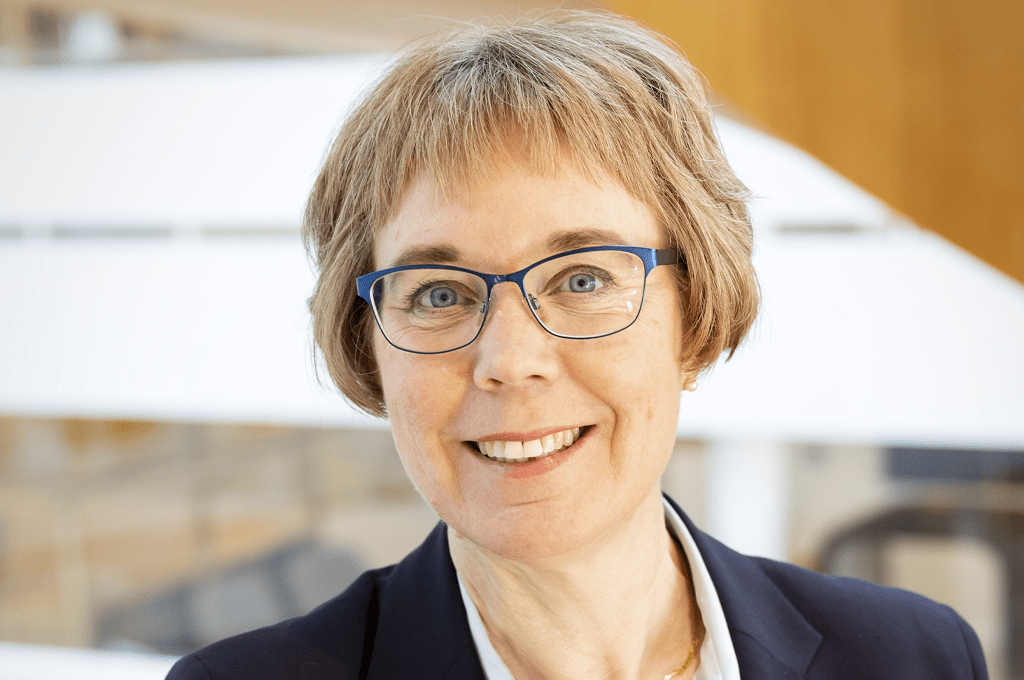Droplet partitioning improves whole genome amplification
Most of the world’s microbial diversity remains unknown, and it is now well established that traditional laboratory cultivation will not be sufficient to detect the vast majority of these unknown species. When studying environments with very low content of biomass the amounts of DNA that can be extracted may be too scarce to allow standard laboratory procedures to identify the microbial diversity present in that sample. If sufficient amounts of DNA cannot be extracted from a sample of interest, one option is to try to amplify the entire DNA content by whole genome amplification. Whole genome amplification reactions are typically characterized by bias, i.e. parts of the genomic content gets amplified a lot more than other parts, leading to a skewed representation of the organisms that were present in the original sample.
Thijs Ettema’s research group at Uppsala University/SciLifeLab often turn to low biomass environments in their search for new microbial species, to gain insight in the evolutionary relation between the three domains of life. In collaboration with Håkan Jönsson’s research group at KTH Royal Institute of Technology they managed to improve the performance of whole genome amplification reaction—findings that were recently published in Microbiome. Instead of performing the reaction on millions of template molecules in one single reaction they use droplet microfluidics to partition the reaction into millions of separate picoliter-sized reactions with only a single or very few template molecules per reaction. When the DNA molecules from the initial samples are separated into their own individual reaction chambers each molecule has a fair chance to amplify to saturation within their own partitioned reaction volume, eliminating the risk of only a small subset of the molecules taking over the entire reaction.
“This improved method for whole genome amplification will allow more accurate studies of microbial diversity in low biomass environments, presumably leading to discoveries of new microbial species that have up until now been too rare to detect”, says researcher Maria Hammond in Håkan Jönsson’s group.




